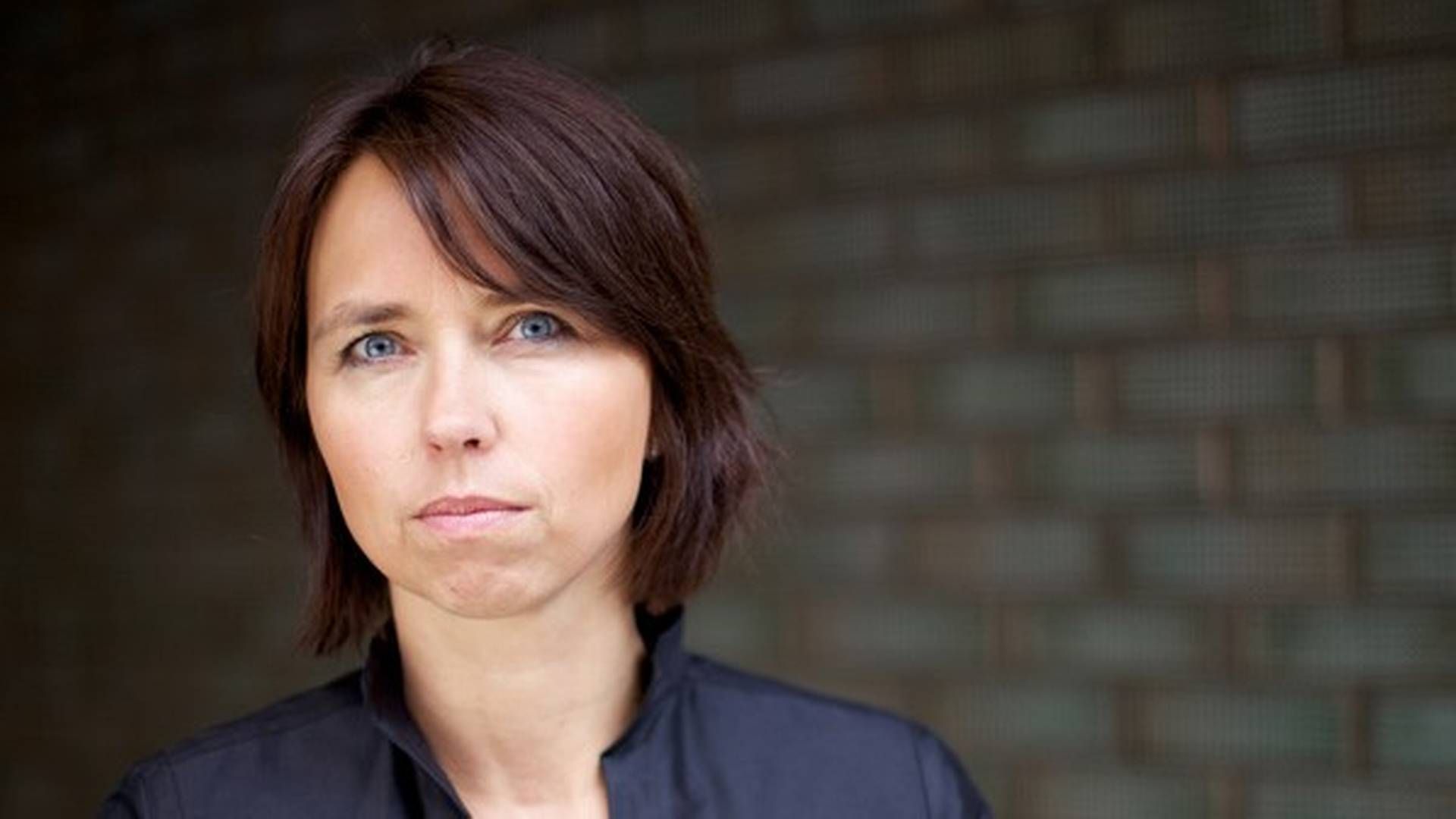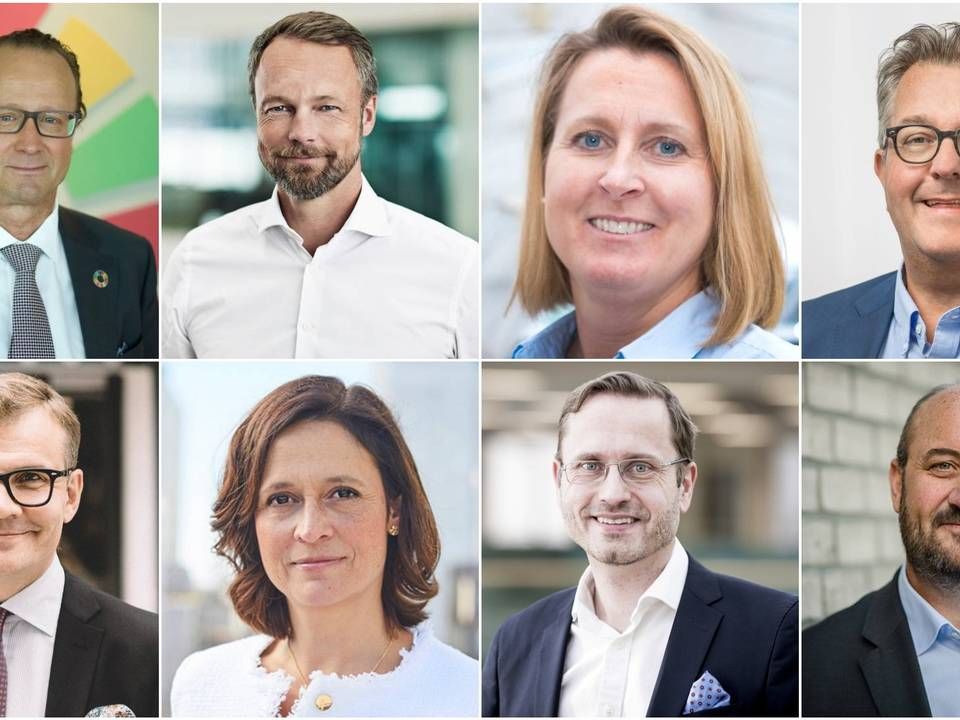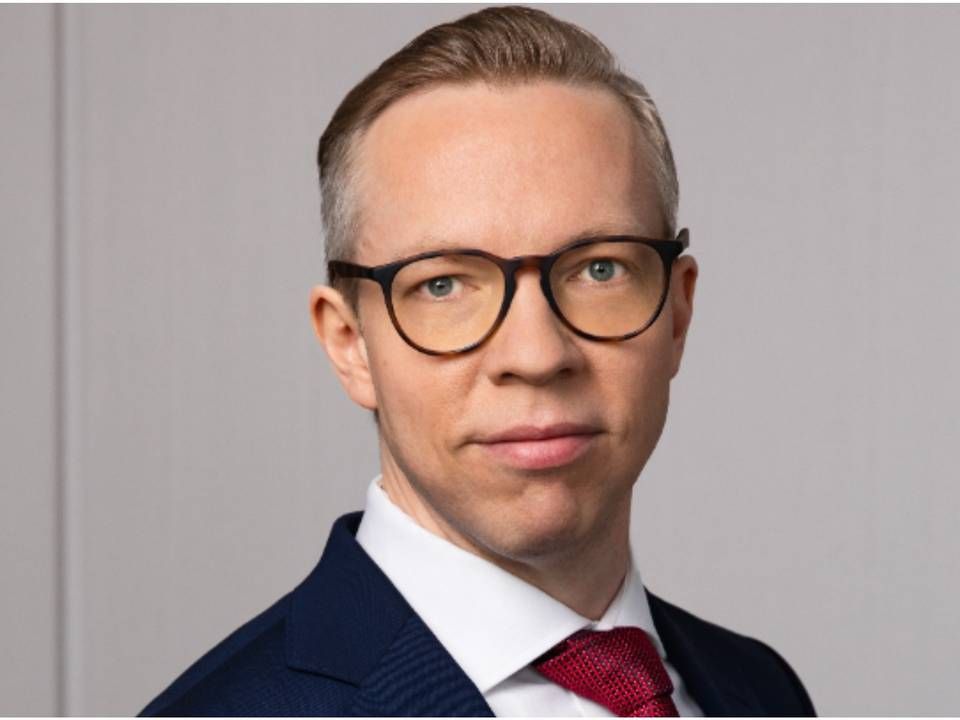Norwegian FSA expects firms to prepare for 2022 SFDR implementation

In Denmark, categorizing funds according to the new SFDR has become something of a tussle between Danske Bank, Finans Danmark, the Danish FSA and the EU Commission.
Now, it is Norway's turn.
Although the regulation has not come into effect in the country yet, it is expected to do so in 2022, and players are divided on how to understand the rules.
"The proposed Norwegian sustainable finance law, which would implement the EU taxonomy and disclosure directives, has not yet come into force, but Finanstilsynet [the Norwegian FSA, ed.-] expects players to be prepared for the new regulations," says Britt Hjellegjerde, head of the department for funds and collective investments at the authority.
That might be harder than it sounds. In Denmark, the regulations already apply, but there is still disagreement over how they should be interpreted.
The EU Commission and Danish FSA agree on the following interpretation of Article 9 funds, as stated by the latter:
"If a fund promotes a sustainable goal, then the individual investments must also be sustainable."
Gas in an Article 9 fund
However, that is not how Danske Bank has interpreted the regulation. The bank, which has industry association Finans Danmark on its side, includes gas company Gazprom in its Article 9 fund.
"We follow a European definition of a 'low-carbon benchmark.' If the definition of Article 9 funds was clarified and interpreted differently than originally presumed, we would naturally take this into consideration in future work. We only have one interest: to communicate our investment process," Erik Eliasson, head of responsible investment at Danske Bank, told AMWatch's sister media FinansWatch.dk.
According to Danske Bank, a gas company that is moving towards renewable energy can therefore be categorized as compliant with Article 9, as long as the company can document that it is working actively towards reducing its carbon emissions.
This means that Danske Bank in Norway follows the same intepretation, and as AMWatch's sister media in the country has previously reported, Danske Bank Invest has categorized 87 percent of its funds offered in Norway as Article 8 or 9.
The EU Commission does not agree with this interpretation, but the Norwegian FSA has not yet made its position clear.
"Finanstilsynet expects the firms that are already voluntarily marketing their funds as sustainable under the EU regulation to ensure that they are following the rules. The manager must be able to document that the targets are being met," Hjellegjerde says.
"Whether or not managers are managing funds in line with the stated investment strategy for each fund is something Finanstilsynet prioritizes in its monitoring of funds, and applies independently of the implementation of the new regulation. Therefore, if a fund is marketed as sustainable or green, the manager must be able to support this with facts," she adds.
Self-categorization
One of the problems with the different interpretations of SFDR is that players categorize their own funds. Bruno Gerard, professor at Norwegian Business School BI, highlighted this problem recently.
"It is a clear problem that companies classify the funds themselves, and that the rankings are not done externally," the professor, who has previously worked at the European Central Bank and at a large US-based asset manager, says, adding:
"Furthermore, very little needs to be done for a fund to classify as Article 8. There is basically no difference between an Article 6 and Article 8 fund."
The Norwegian FSA does not see this as an issue, however.
"It is the fund manager who sets the mandates and investment strategies for each individual fund, and is responsible for following up on the set goals. It is therefore natural that it is the manager that decides which categorization to follow and classifies the funds. Finanstilsynet will conduct inspections and check that the guidance is being complied with. There are currently a lot of different systems for classifying funds, and with the new EU categorization will provide a shared European standard to harmonize things across the board," Hjellegjerde says.
"Finanstilsynet acknowledges that there are some things that are not clear with regards to Article 8 and 9 fund classifications, and that explanations are needed in terms of individual economic activities. Finanstilsynet does not see it as a big issue that there isn't much of a difference between Article 6 and Article 8 in practice. While awaiting the necessary clarifications, it may be wise to classify funds as Article 6," she says.
Hjellegjerde did not wish to go into detail on how the different elements of the disclosure regulation should be understood, but says this will become clearer along the way.
"The area is being developed and clarifications are expected along the way. Businesses need to keep up with these," she says.
(This article was provided by our Norwegian sister media, FinansWatch.no)
Asset managers approach Article 8 and 9 differently as fear of greenwashing looms large
Aktia to categorize funds as Article 8 to "be on the safe side"
Finnish Asset Manager keeps ESG screening in-house: "You learn to see what is interesting"
















